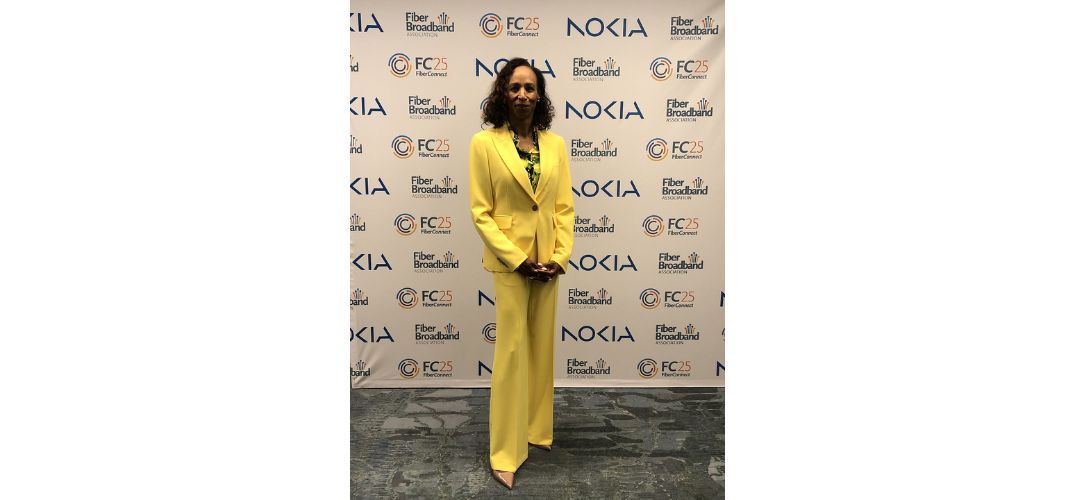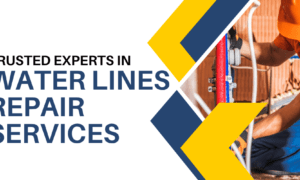When I entered the tech world, those in the boardroom always seemed focused on the same questions: What are we building? What’s the timeline? How fast can we scale?
Those are good questions, of course. But they’re not the only ones, nor are they the most important.
In my experience, WHY you are building something and for WHOM must be answered before you can consider WHAT you’re building and HOW – especially in sectors like broadband and cybersecurity. Unless you have thought deeply about the community who will use your product and how it will make their lives better, your efforts are destined to fail.
Different Set of Priorities
Unlike so many in this industry, I didn’t come from the startup world, but rather through a career in public service. I worked in government systems, hospital networks, public-sector IT, and now for a nonprofit that supports critical digital access across North Carolina.
In each of those environments, failure doesn’t just hurt profits. It affects real people.
Tech failing in a school system puts students behind in their learning. A cyberattack against a call center keeps people from getting the emergency services they need. And a data platform collapsing at a rural clinic leaves telehealth patients in limbo.
When the stakes are this high, leadership must go beyond product strategy. We have to make service, systems, and responsibility the priority.
Tech Without Accountability Isn’t Leadership
Over the years, I’ve led state-level cybersecurity efforts, launched cross-agency technology programs, and advised institutions on risk, governance, and transformation. I’ve also seen how quickly “innovation” can lose its value when it’s not connected to the real world.
That’s why my leadership lens includes public impact first.
Whether it’s AI, infrastructure or equity work, the question I return to is simple: Are we building something that will help someone?
Public Good is a Strategic Advantage
The notion that succeeding financially and serving the public interest are mutually exclusive is common. But I’ve found the opposite to be true.
When you prioritize equity, you design smarter systems.
When you build for longevity, you avoid the cost (and customer dissatisfaction) of constant repair.
When you listen to people closest to the actual work, you discover insights no dashboard can offer.
That’s not idealism, that’s just good leadership.
Lead by Example
At MCNC, I’ve had the privilege of putting these principles into practice.
We support more than a thousand important anchor institutions that keep communities running as well as growing, such as schools, hospitals, libraries, local governments and more. And we do it by investing in long-term infrastructure, cybersecurity and digital inclusion, even when those investments don’t make headlines or bear immediate financial fruit. We also have an incredibly dedicated team at MCNC, and I believe you can’t build a world-class network to serve thousands of people unless the people building it feel supported, too.
What I Hope More CEOs Will Embrace
In my experience, tech leaders have tended to measure their success not by the impact on the customers and communities they serve but simply by speed to market and the scale of the product. Perhaps, here’s where we all can improve – for our innovative firms AND for the people we serve – just by simply focusing on a few small changes in our process:
- Understand that infrastructure is only as strong as the communities it supports.
- Take ownership of how our systems affect access, privacy, and opportunity.
- Invest in satisfaction and sense of purpose of our team (if the builders aren’t engaged, their product will reflect that).
- Build not just to launch, but to last.
The world doesn’t need more technology without purpose. It needs leadership grounded in service, guided by empathy, and focused on what matters.
My advice is to place people at the center of your work. Slow down, empower your teams, and look to provide real solutions that improve the lives of our communities. If we focus our energy here, we don’t lose momentum – we gain direction.































